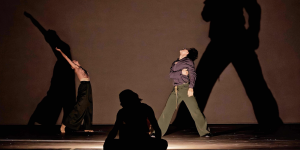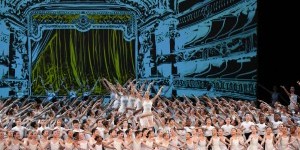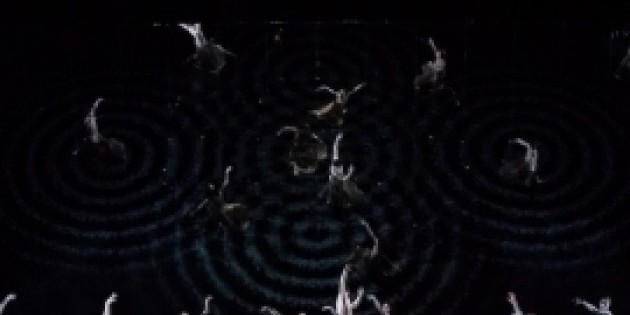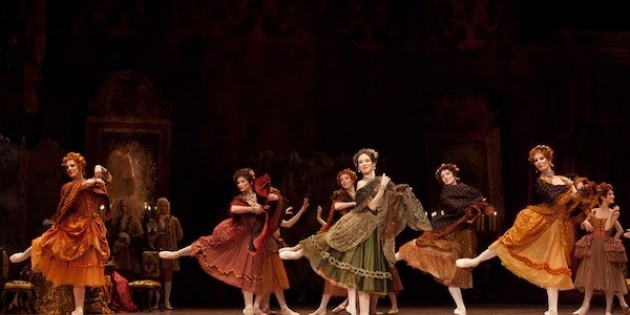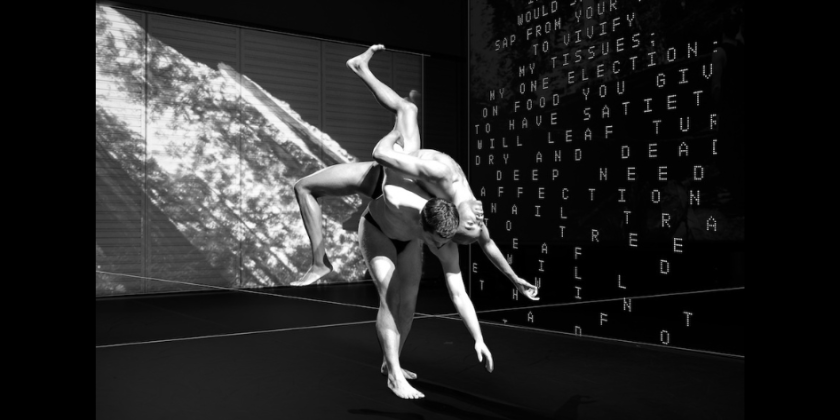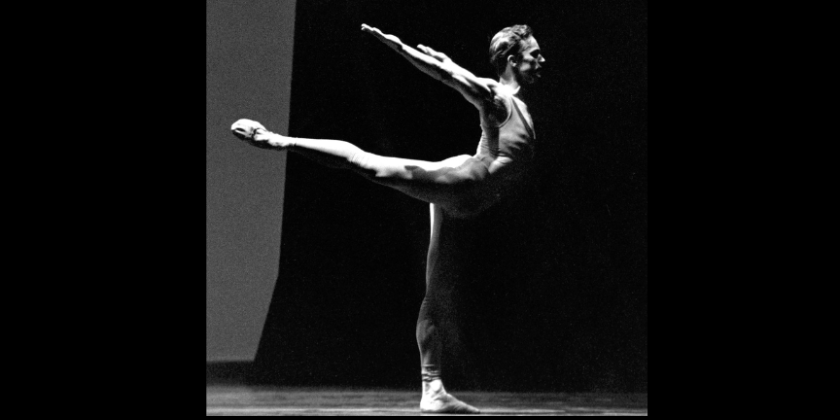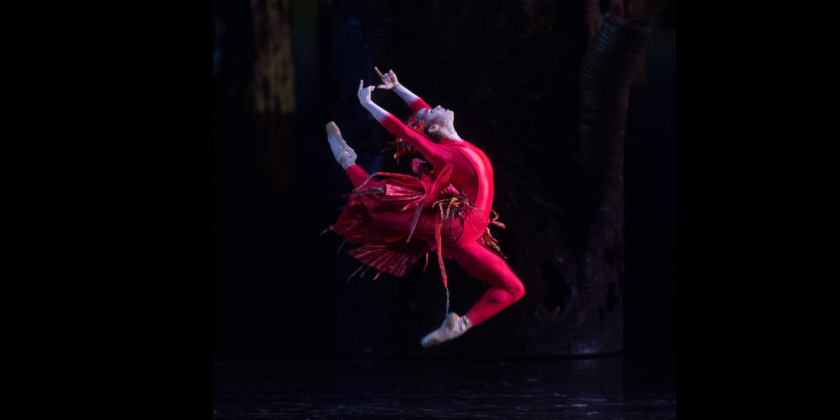POSTCARDS: Visions from Abroad: The Paris Opera Ballet School

This past April, I was fortunate to travel to Paris for a brief stay. Fortunately, I arrived on the last day of the Paris Opera Ballet School's season at the newly restored Palais Garnier. Gold fixtures, plush red velvet-upholstered seats, and sparkling chandeliers add a mystique and grandiose glamour to a structure commemorating a culture that gave birth to ballet.

Under the reign of King Louis XIV, the 1600s witnessed the rise of ballet as an art form governed by a distinct technique and destined to transform the world of dance. Collectively, these ghosts and traditions seep throughout the Palais Garnier's labyrinthine corridors and majestic stage. Opulently decorated, the sweeping halls and passageways hold antique books, objets d'art, and paintings of prominent 18th and 19th-century ballet dancers.
In that historic space, young dancers from the Paris Opera Ballet School performed a tradition handed down from body to body, and mind to mind for countless generations.
After locating my seat in the sold-out house, the lights dimmed and the curtain rose on Paris' next generation of dancers. Exquisitely trained technically, musically, and dramatically, the gifted young performers executed an eclectic program that joined the students with traditions from Tudor to Bournonville and Béjart.
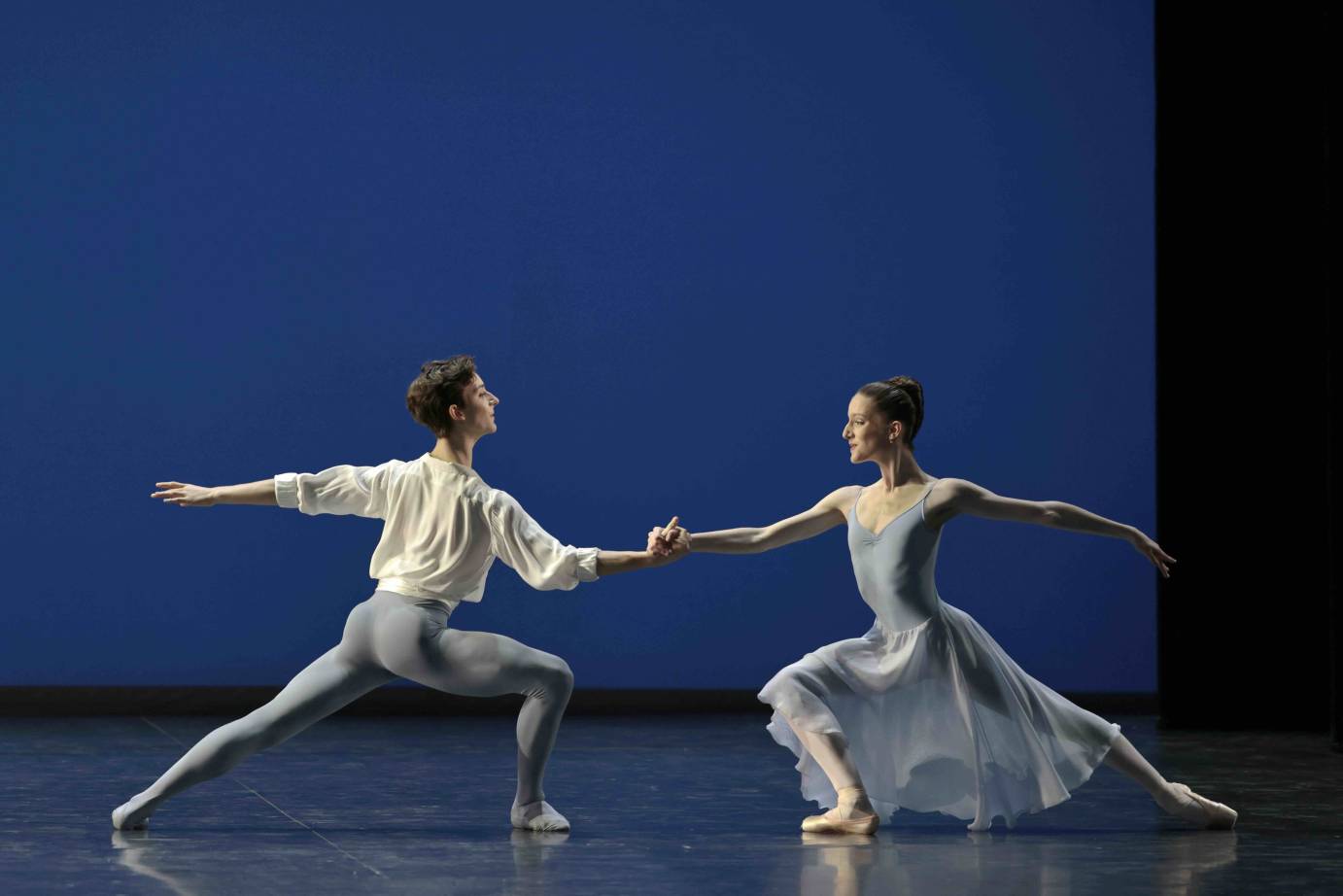
Directed by the renowned ballerina Elisabeth Platel, the school's program demonstrated the students' clarity of gesture and precision of musicality in Antony Tudor's soothing "Continuo." Originally created in 1971 for Juilliard students, the ballet, set to Pachabel's popular "Canon in D," accentuated the dancers' fluidity and agile partnering skills.
Colorful and buoyant, August Bournonville's "Napoli" showcased the ballon, rapid footwork, and leg beats associated with the Bournonville technique, which has infiltrated much of ballet — including the Balanchine technique. The cast's youthful exuberance cascaded through the tricky athleticism and charming flirtatiousness.
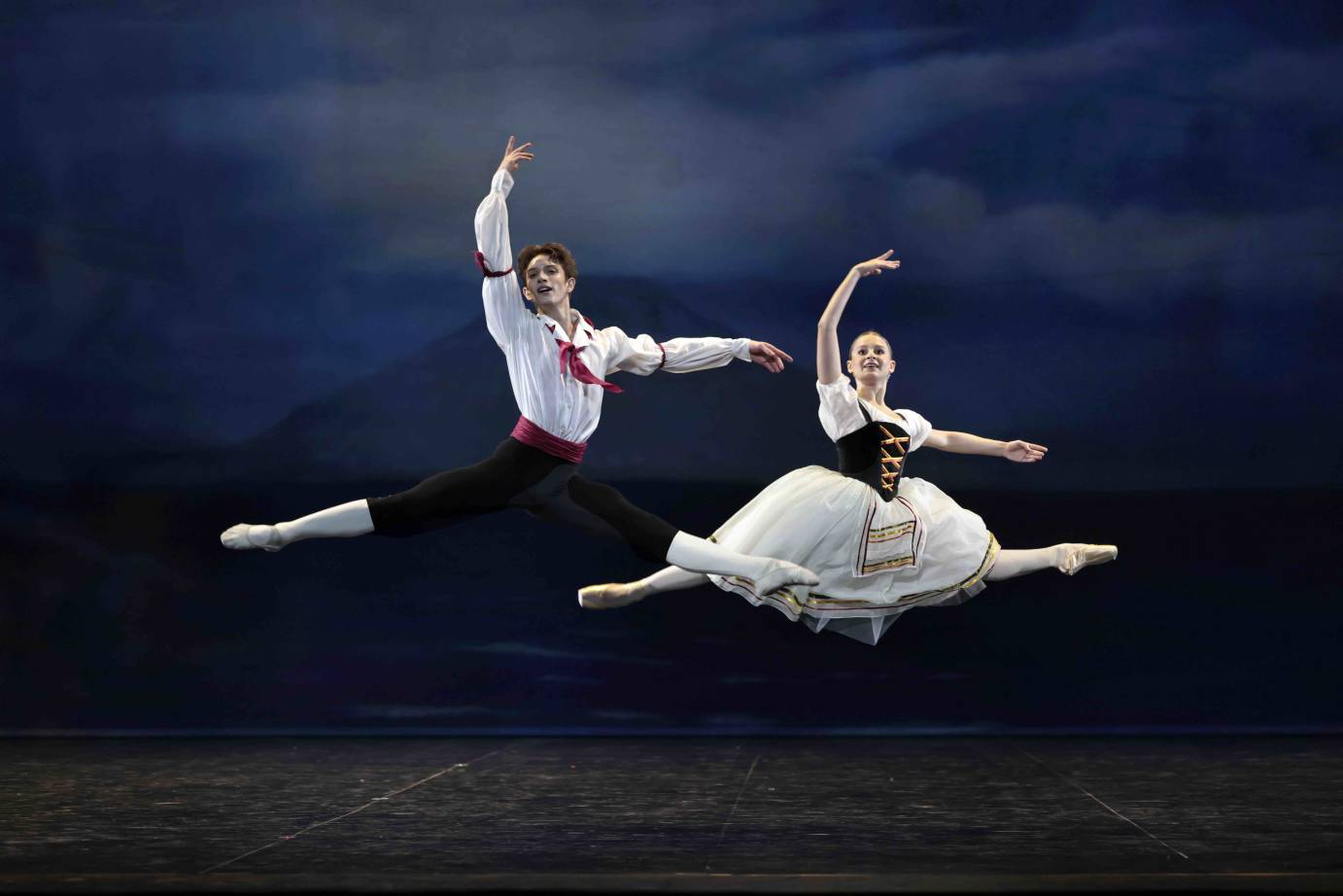
Finally, the bonds of community and fraternity flowed through Maurice Béjart's Sept Danses Grecques set to a score by the premier Greek composer Mikis Theodorakis. The sound of a traditional bouzouki, recognizable to many from the soundtrack of Zorba, shimmered like water under a bright sun on a Greek island. That melody activated the line dances referencing Greek folk steps.
Suggestive of male bonding, the dancers' arms hooked over one another's shoulders, hips switched side to side, and bare-chested men traveled sideways in grapevine steps. Without adding unnecessary flourishes, the dancers (women in pointe shoes) energetically stepped into the skimming moves, punctuated by hops and flexed feet balanced by arms curved up to the sides.
Béjart succeeded in projecting the ballet base that secures the students to a traditional foundation in preparation for future vistas.




